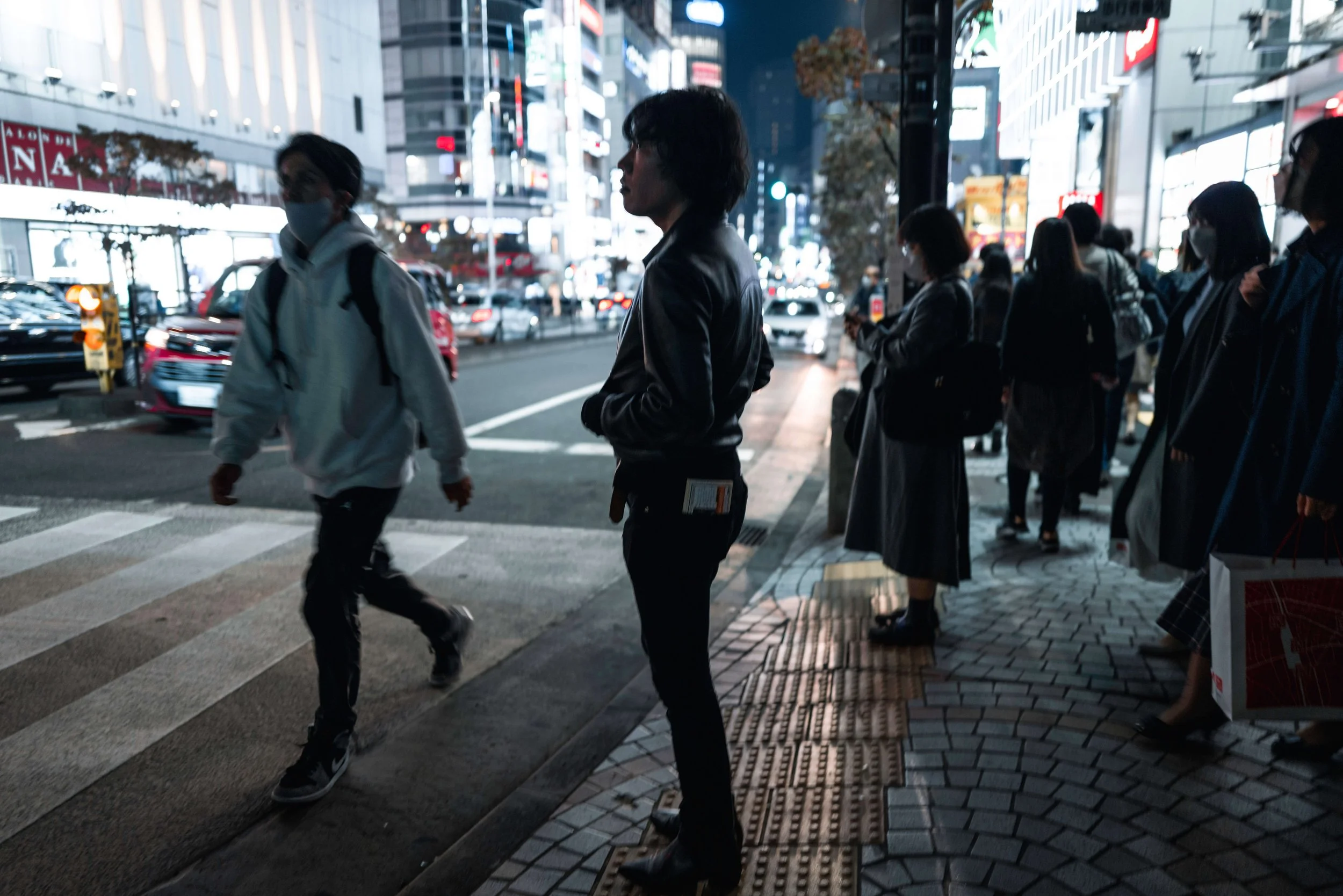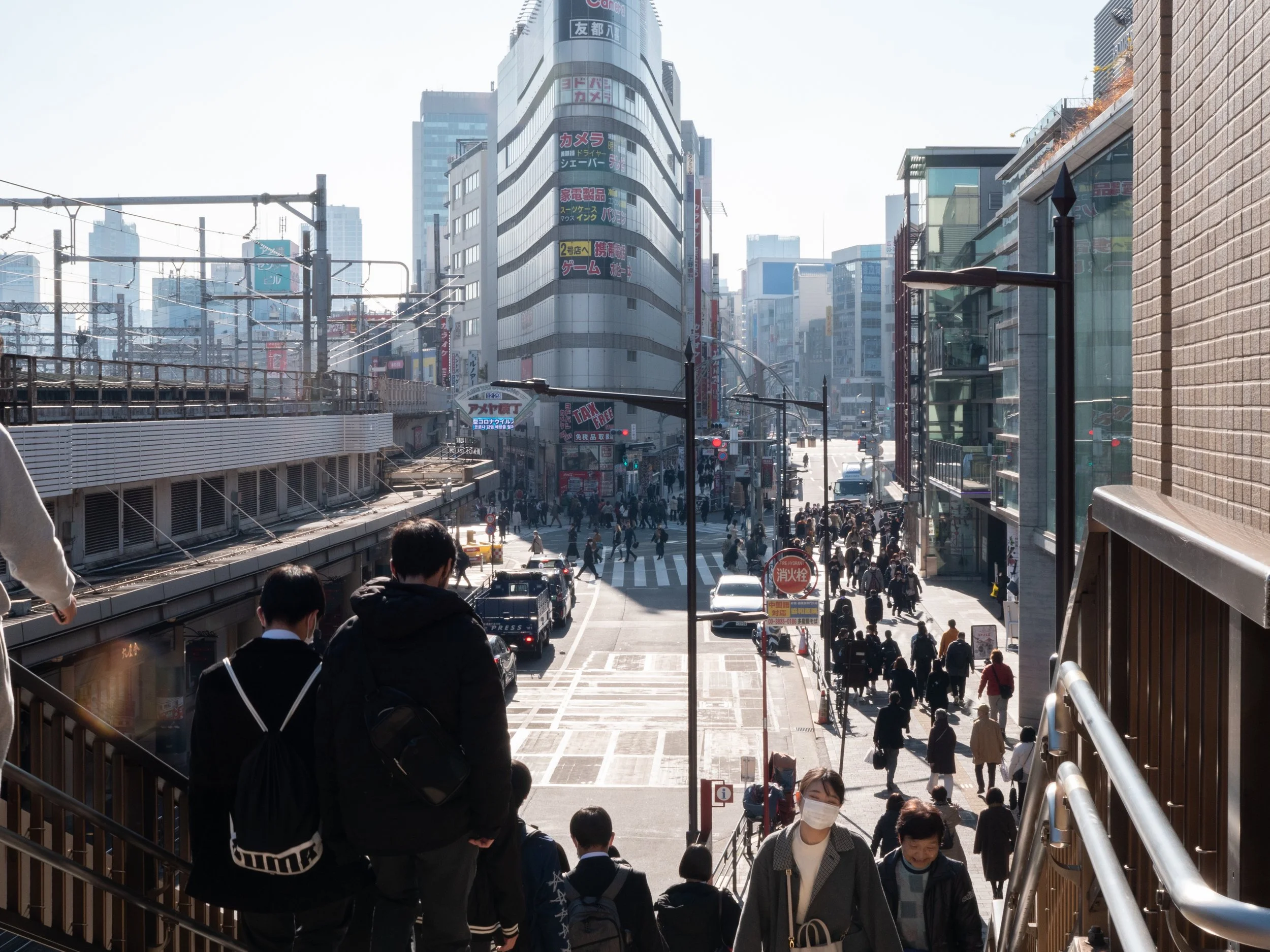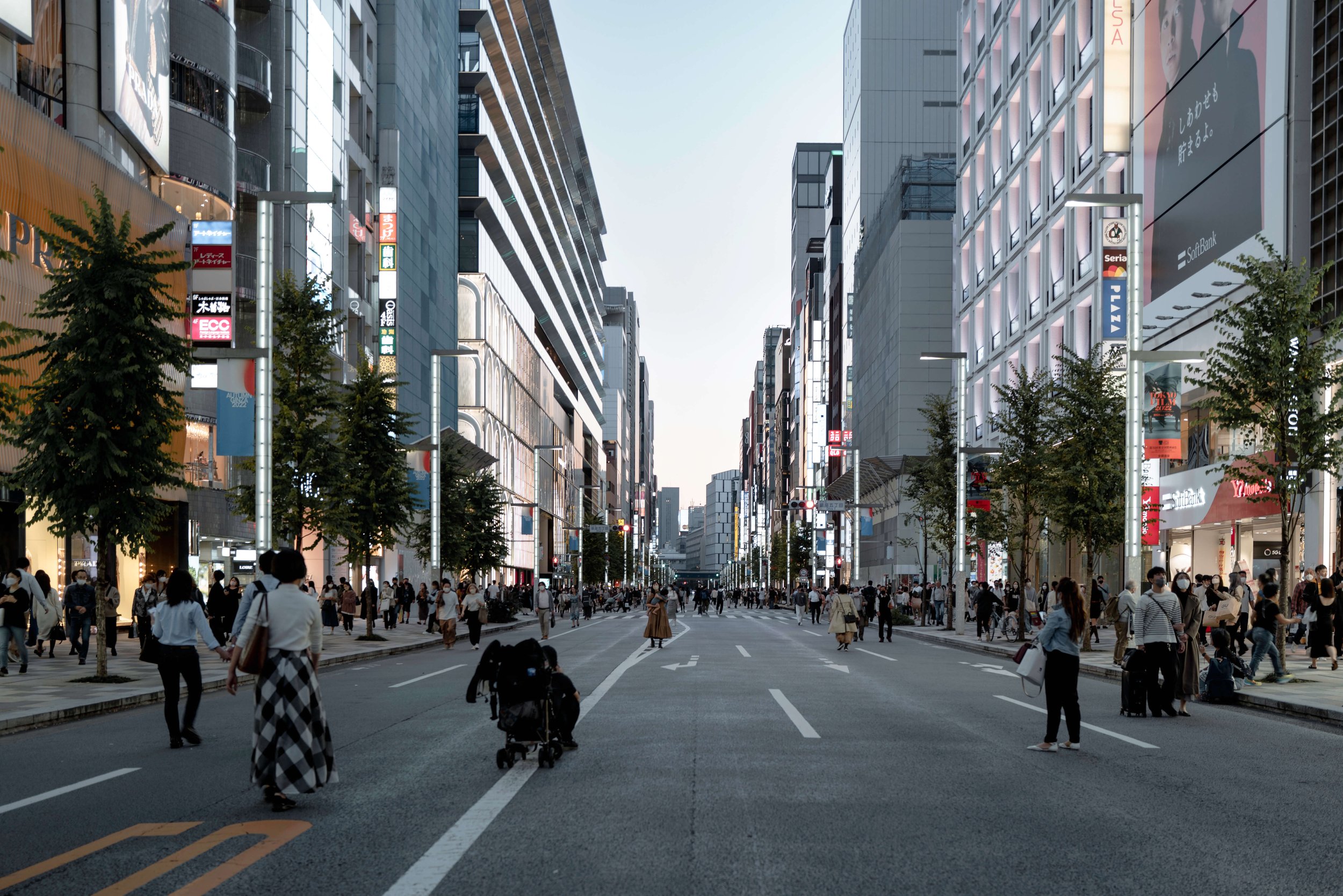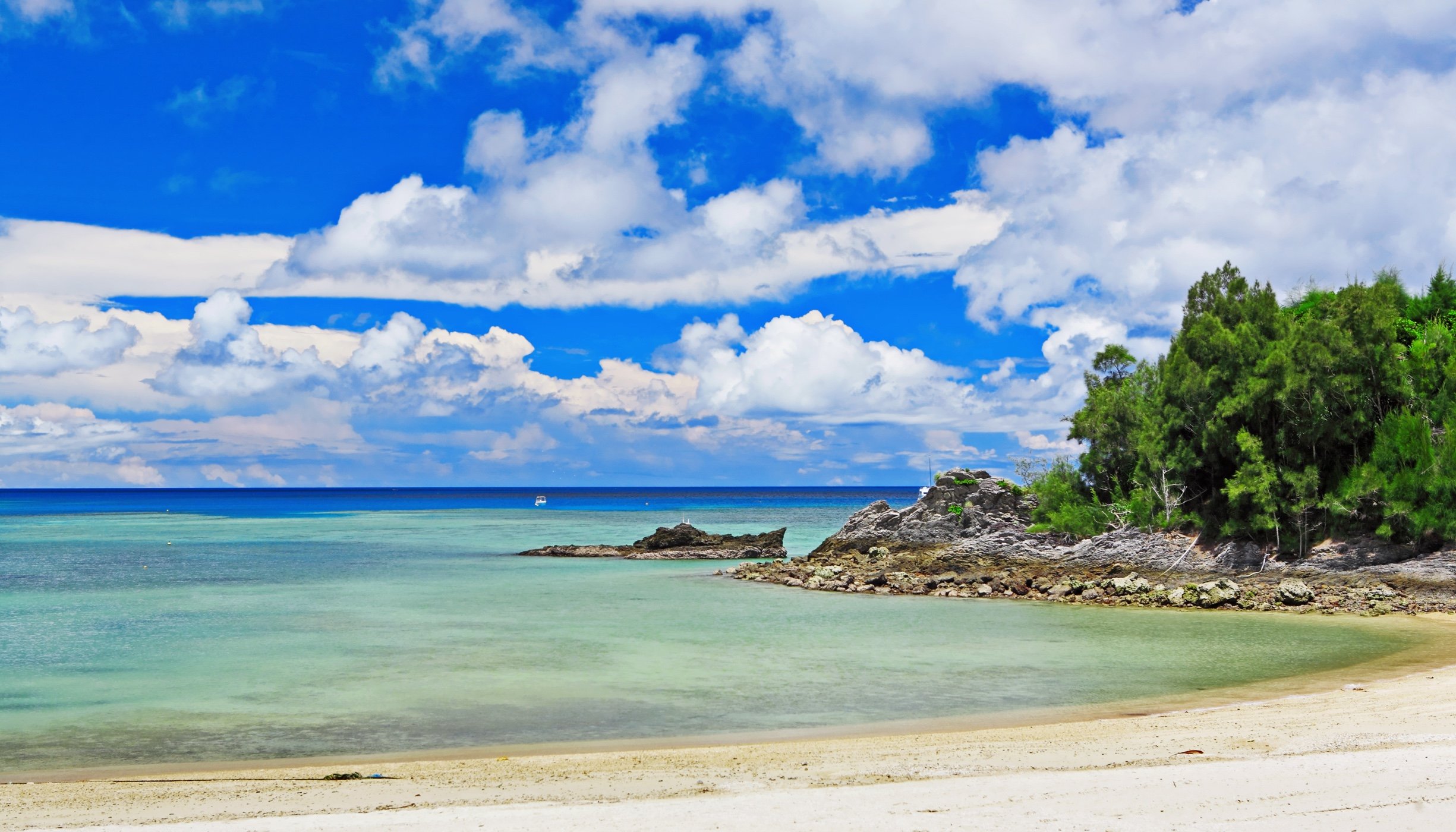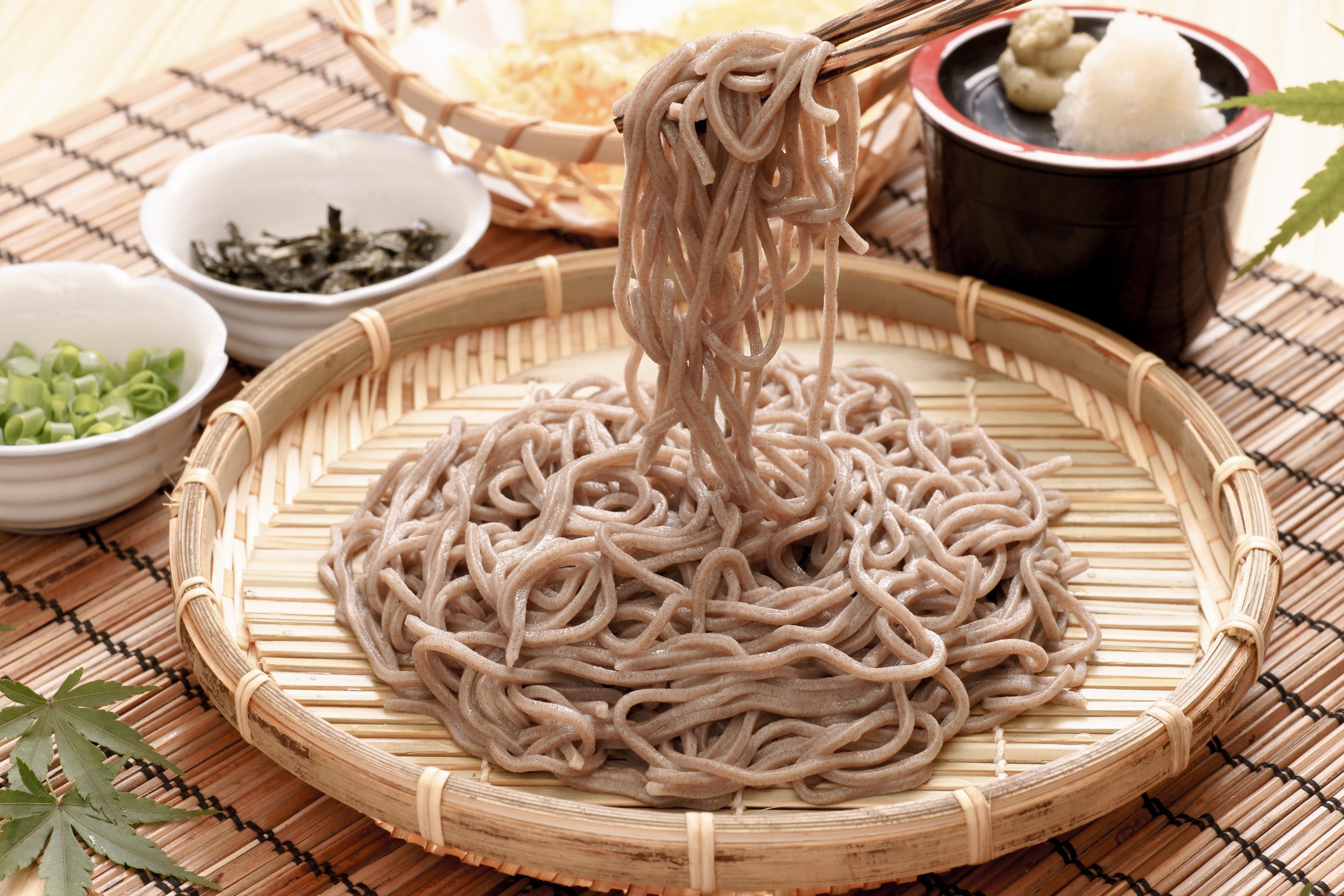
Soba
Japan is renowned for its culinary delights, and soba is one of the most beloved dishes in Japanese cuisine. Soba noodles, made from buckwheat flour, have been enjoyed in Japan for centuries. With their nutty flavor and firm texture, soba noodles are a staple in Japanese households and are often served in restaurants. In this article, we will explore the world of soba and discover its history, preparation, and cultural significance.
Soba noodles
Soba noodles are thin noodles made from buckwheat flour and water. Buckwheat is a plant that has been cultivated in Japan for over a thousand years. The noodles have a distinct nutty flavor and a firmer texture than other types of noodles. Soba noodles are commonly served chilled with a dipping sauce or hot in a broth. They are also used in salads and stir-fries.
The Origin and History of Soba Noodles
Soba making process: Soba noodles are made by mixing buckwheat flour with water to form a dough. The dough is then kneaded and rolled out into thin sheets. The sheets are then cut into thin noodles and boiled until they are cooked. The process of making soba noodles is time-consuming and requires skill and practice. In Japan, soba noodle making is considered an art form, and there are soba-making competitions held throughout the country.
The Art of Making Soba Noodles
Soba restaurants: Soba noodles are widely available in Japan and can be found in restaurants and food stalls throughout the country. Some soba restaurants specialize in serving only soba noodles, while others offer a range of Japanese dishes. Soba restaurants range from small, family-owned establishments to large chain restaurants. Many soba restaurants in Japan have a long history and are considered cultural landmarks.
Soba Restaurants in Japan
Soba etiquette: In Japan, there is a set of etiquette rules for eating soba noodles. It is considered polite to slurp the noodles while eating them, as it is believed to enhance the flavor of the noodles. It is also customary to finish all the noodles in the bowl and not leave any leftovers. When eating soba noodles with dipping sauce, it is polite to dip the noodles in the sauce just before eating them.
Soba Etiquette in Japan
Soba festivals: Soba is so beloved in Japan that there are several festivals held throughout the year that celebrate the noodle. The most famous of these festivals is the Shinshu soba festival held in Nagano prefecture. The festival attracts thousands of visitors each year who come to sample soba noodles from different regions of Japan. The festival also features traditional Japanese music, dance performances, and other cultural events.
Soba Festivals in Japan
Conclusion: Soba noodles have a rich history and cultural significance in Japan. From their origins as a humble food for the working class to their status as a beloved national dish, soba noodles continue to be a staple in Japanese cuisine. Whether served hot or cold, in a broth or dipping sauce, soba noodles are a delicious and nutritious dish that is enjoyed by people all over the world.







Book Giorgio + Koharu - Japan Tour
14 days of Japanese experiences with native japanese guide
Places to visit: the futuristic Tokyo, traditional Japan Kyoto, natural and wild Hokkaido and Okinawa paradise islands.
Food and drinking experiences: Ramen, Soba, Sushi, Isakaya drinking bar, Karaoke
Traditional Japanese experiences: Shodo Japanese calligraphy, Ikebana flower lesson, fortune telling.
Explore Japanese destinations
JAPAN
Tokyo
National Museum of Western Art
Transports
Suggestions:
Cherry Blossoms - Sakura Hanami
HOKKAIDO
OTHER PLACES:
OKINAWA






